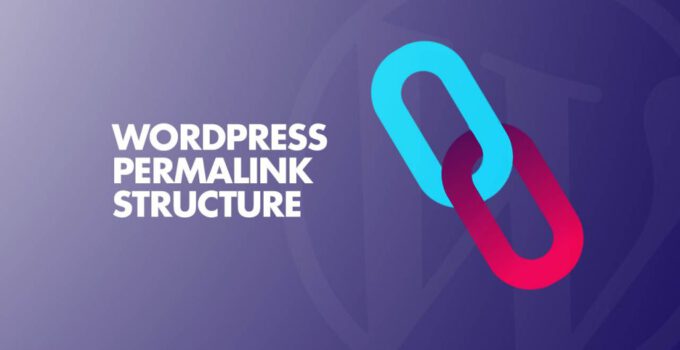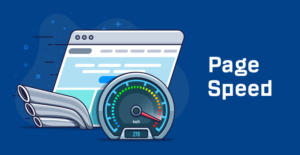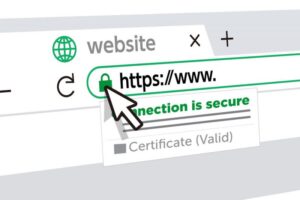When you’re managing a WordPress website, whether it’s a professional site, an e-commerce platform, or a site in need of maintenance, one of the essential settings you need to grasp is permalinks. Permalinks play a vital role in how your website’s URLs are structured and how your content is accessed. In this guide, we’ll demystify permalinks, explaining their importance and how to configure them for optimal results. If you need expert guidance on permalinks or any web-related service, please contact me at email: afhamzahid5@gmail.com or Phone: +92 315-3212271.
Table of Contents
What Are Permalinks?
Permalinks, short for “permanent links,” are the URLs that point to your WordPress website’s posts, pages, and other content. They are a critical component of your website’s structure, influencing both user experience and search engine optimization (SEO).
Why Are Permalinks Important?
- User-Friendly URLs: Permalinks make your URLs more readable and user-friendly, improving navigation and trust among your visitors.
- SEO Benefits: Well-structured permalinks containing relevant keywords can enhance your website’s search engine ranking, making it more discoverable.
- Content Organization: A logical permalink structure helps organize your website’s content, making it easier for both visitors and search engines to understand the hierarchy and relationships between pages.
Configuring Permalinks in WordPress
- Access Permalink Settings: In your WordPress dashboard, navigate to “Settings” and select “Permalinks.”
-
Common Settings: WordPress offers several permalink structure options. The most commonly used options are:
- Plain: This option includes parameters and is not recommended for SEO or user-friendliness.
- Day and Name: Includes the date and post title.
- Month and Name: Includes the month and post title.
- Post Name: Uses only the post title in the URL, which is the most SEO-friendly option.
- Custom Structure: If you want a more specific permalink structure, you can create a custom structure using placeholders. For example, using “/%category%/%postname%/” would include the category in the URL.
- Save Changes: After selecting your preferred permalink structure, save your changes. WordPress will automatically update your site’s URLs.
Best Practices for Permalinks
- Use Descriptive Titles: When creating content, ensure that your post and page titles are clear and descriptive. This will also improve your permalink structure.
- Avoid Stop Words: Stop words like “a,” “an,” “the,” and others can be omitted from your permalinks to keep them concise.
- Limit Category and Tag Usage: Avoid overly long URLs by limiting the number of categories and tags you assign to a post.
- Avoid Changing Permalinks: Once a permalink is established and linked to, it’s best not to change it, as this can result in broken links.
- Redirects: If you must change a permalink, set up redirects to ensure users and search engines are directed to the correct URL.
Conclusion
Understanding and configuring permalinks in WordPress is a fundamental aspect of website management, whether it’s a professional site, an e-commerce platform, or a site in need of maintenance. By selecting the right permalink structure and adhering to best practices, you can enhance user experience and SEO.
If you have questions about configuring permalinks in WordPress or need expert guidance on web-related services, please contact me at email: afhamzahid5@gmail.com or Phone: +92 315-3212271. I’m here to assist you in making the most of your WordPress website’s structure.




